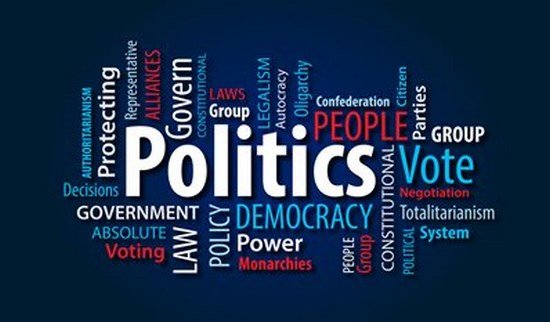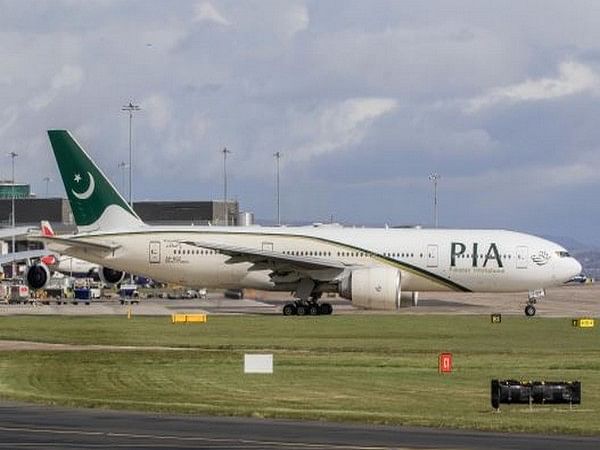Zafar Iqbal
The State Bank of Pakistan’s latest projections suggest that the economy may finally be turning a corner — at least on paper. GDP growth is now forecast between 3.5 and 4.25 percent for FY26, with the large-scale manufacturing sector showing signs of recovery, home remittances expected to exceed USD 40 billion, and foreign exchange reserves projected to reach USD 17.5 billion by June next year. Even international credit agencies, long sceptical of Pakistan’s external position, have responded positively, upgrading the country’s sovereign rating. Follow Republic Policy Website
These macroeconomic improvements are worth acknowledging, but beneath the surface lies a risk that cannot be ignored — inflation. This time, the warning is not just coming from independent analysts or market economists. The State Bank itself has admitted that inflation could temporarily breach its medium-term target range of 5-7 percent, citing persistent core pressures. That admission, absent from earlier communications, takes on added weight given recent disclosures about the SBP’s role in the foreign exchange market. Follow Republic Policy YouTube
It is now on public record that the central bank purchased over USD 7.2 billion from the domestic foreign exchange market between June 2024 and April 2025. Of this amount, less than USD 1 billion went directly into reserves, while the rest was used for external debt servicing. The unresolved question is how these purchases were financed. If rupees were injected into the market without subsequent sterilisation, the money supply would have effectively expanded — a move that carries inflationary consequences. Follow Republic Policy Twitter
This would explain why, despite an aggressive 1,100 basis-point cut in the policy rate over recent months, core inflation remains sticky. It also sheds light on why the State Bank, after months of emphasising disinflationary progress, now projects price pressures to remain above its comfort zone. Yet, the latest Monetary Policy Committee briefing omitted any reference to whether these FX interventions were counterbalanced by open market operations or other liquidity-absorbing measures. That omission is more than a technical detail — it goes to the heart of monetary credibility. Follow Republic Policy Facebook
Inflation is as much a matter of public expectations as it is of statistical measurement. When markets observe the central bank accumulating reserves, they also need reassurance that such actions will not dilute the value of the rupee through unchecked liquidity injection. Without transparent sterilisation, the perception will linger that reserve accumulation is being financed at the expense of price stability — effectively trading monetary discipline for external buffers. Follow Republic Policy TikTok
This is not to dismiss the genuine positives in the economic narrative. Growth in intermediate goods and machinery imports suggests an investment revival is underway. Reserves now exceed Pakistan’s net annual debt repayment obligations — a significant reversal from recent years. These are milestones worth noting. However, they will only carry weight if the accompanying risks are acknowledged and addressed with equal candour. Follow Republic Policy Website
The inflationary trauma of 2022-24 remains fresh in public memory. It was barely two years ago that headline inflation soared past 30 percent, devastating household budgets and forcing monetary policy into emergency mode. Any policy measure — no matter how well-meaning — that risks reopening that wound must be openly debated, not quietly executed. The credibility of recovery depends on ensuring that the mistakes of the past are not repeated in the name of short-term stability. Follow Republic Policy YouTube
There is a thin line between optimism and overconfidence. While the SBP has rightly flagged vulnerabilities in agriculture, trade balances, and remittance flows, it must also come clean on the inflationary implications of its recent market actions. If FX purchases have been sterilised, the public deserves to know the mechanism and scale of those efforts. If not, the monetary policy framework must be recalibrated to account for the additional risk. Follow Republic Policy Twitter
The reality is that a sustainable economic turnaround cannot be built on selective transparency. Markets and citizens alike need to understand not just the achievements, but also the trade-offs. Growth figures, reserve milestones, and rating upgrades are encouraging, but they cannot be celebrated in isolation from the underlying monetary dynamics. A strong external position that fuels domestic inflation is not a sign of balanced progress — it is a warning of imbalance in the making. Follow Republic Policy Facebook
It is entirely possible to welcome signs of recovery while demanding clarity on its costs. In fact, such scrutiny is the hallmark of responsible policymaking. Pakistan’s recent progress on the macro front is fragile and reversible if inflationary risks are allowed to fester without acknowledgment. The challenge for policymakers now is to ensure that today’s optimism does not become tomorrow’s regret. Follow Republic Policy TikTok















